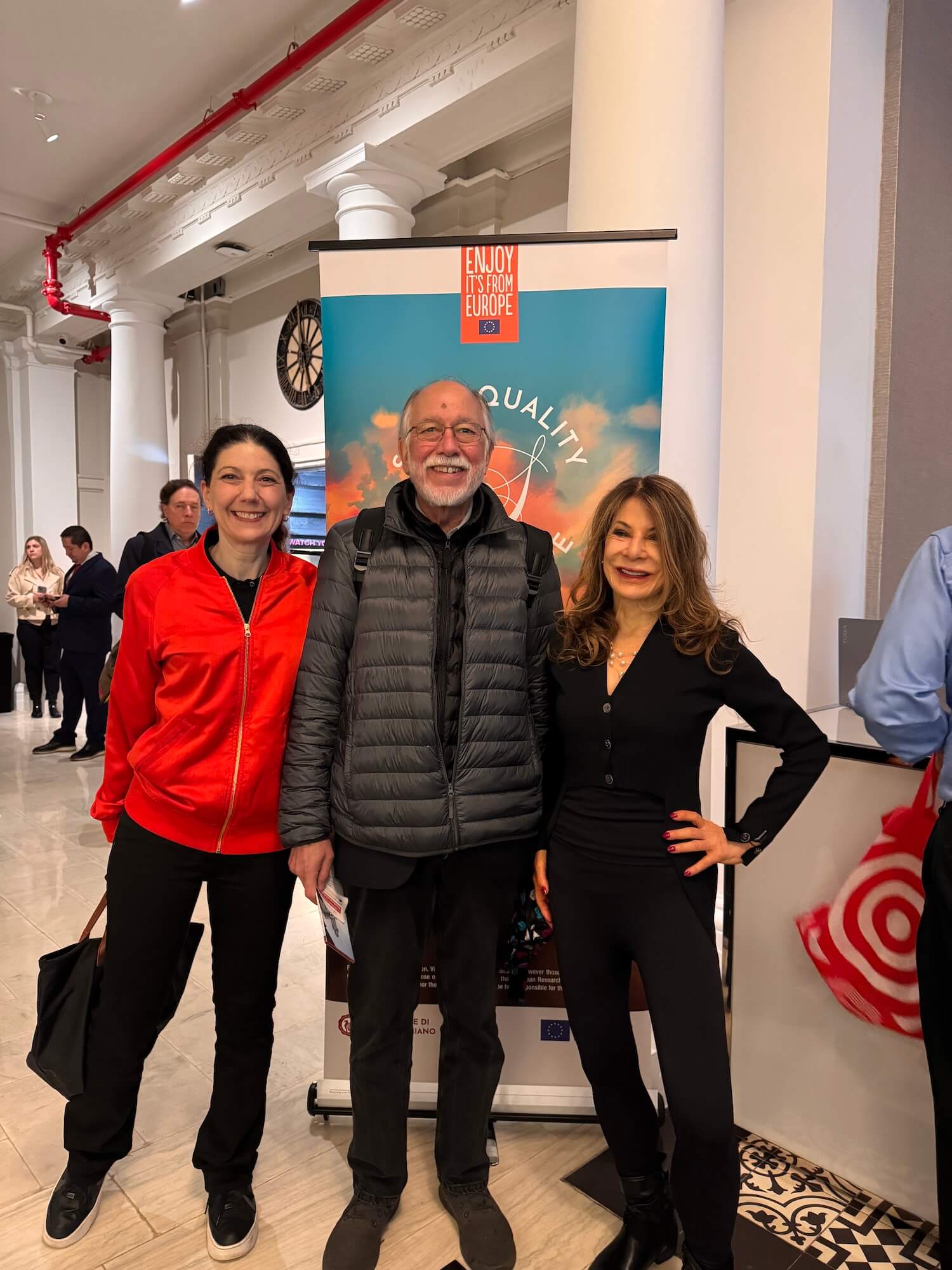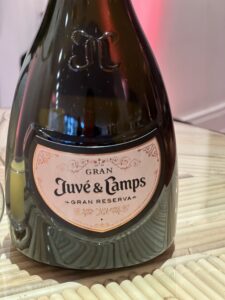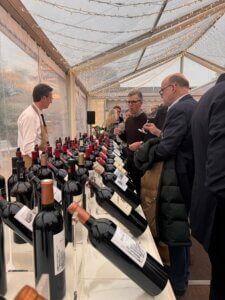Montepulciano Pieve System Debut
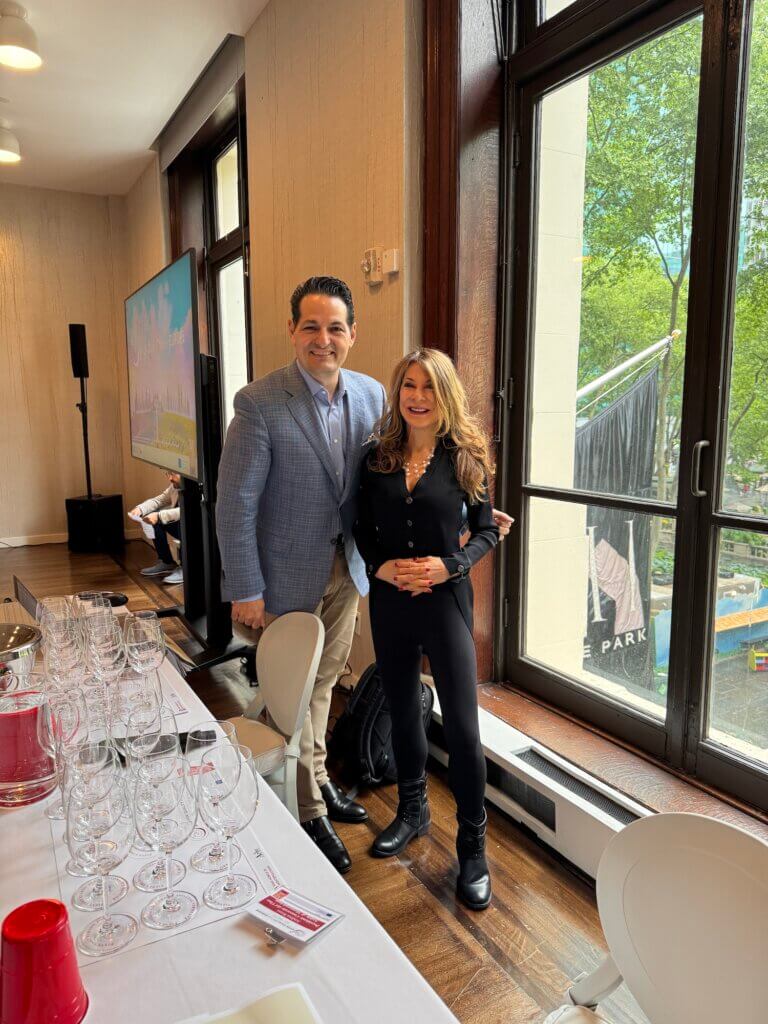
Have you heard of the long-anticipated top classification in wines from Vino Nobile di Montepulciano called Pieve?
Representing over a decade of strategic planning and collective vision, the Pieve wines offer a redefinition of Montepulciano’s identity. This is accomplished through site-specificity, quality regulations, and a reinvigorated generational purpose.
Antonio Galloni of Vinous led the tasting and presented the classification to a Manhattan venue packed with wine journalists and trade professionals. His thoughtful analysis situated Pieve within the broader context of European wine traditions.
Why Terroir Matters
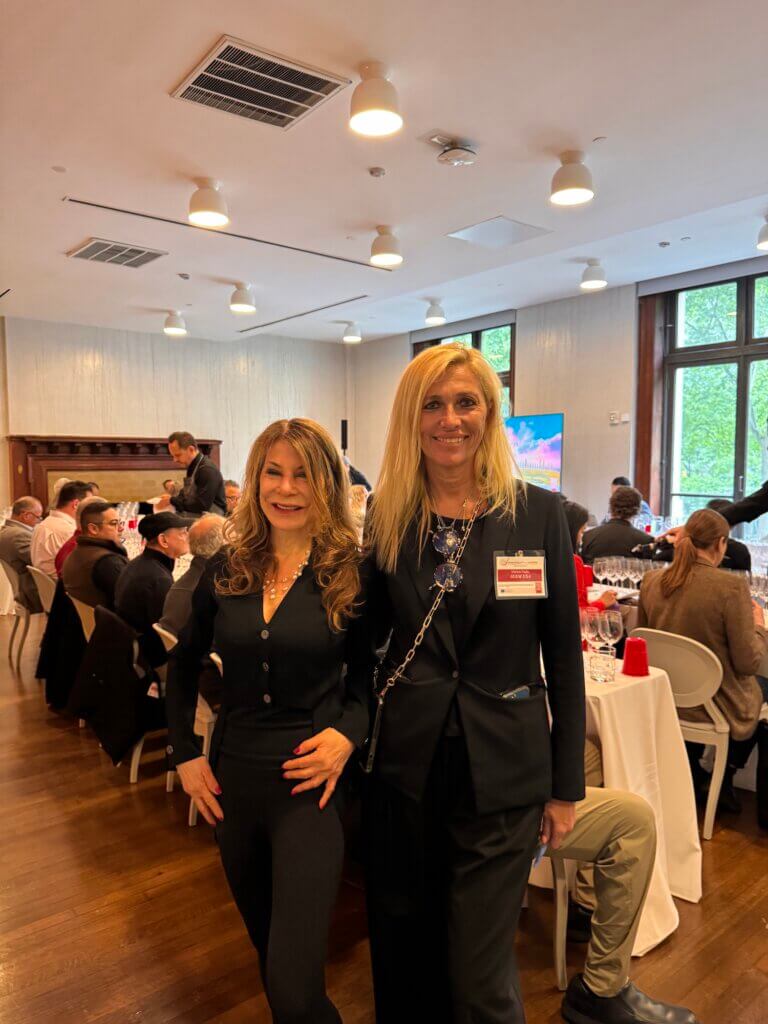
Like forward-thinking vignerons in Bourgogne and more recently Barolo, Montepulciano is leveraging its own historic and geological heritage to elevate its wines on the global stage.
At the core of Pieve is a focus on terroir, expressed through wines that are (most typically) 100 percent Prugnolo Gentile. This is the local biotype of Sangiovese. The grapes are sourced from delimited zones based on historic parish boundaries.
Each Pieve corresponds to one of these ancient church districts, which are more than mere geographical markers. These areas were once centers of civil and agricultural life.
Today, they anchor the new classification in both cultural and viticultural relevance.
To qualify for the designation, wines must be aged a minimum of three years, including at least one year in large oak casks (botte). They must also be bottled within the region itself.
These requirements are intended not only to enhance quality, but also to safeguard and reinforce authenticity.
The 2021 Vintage
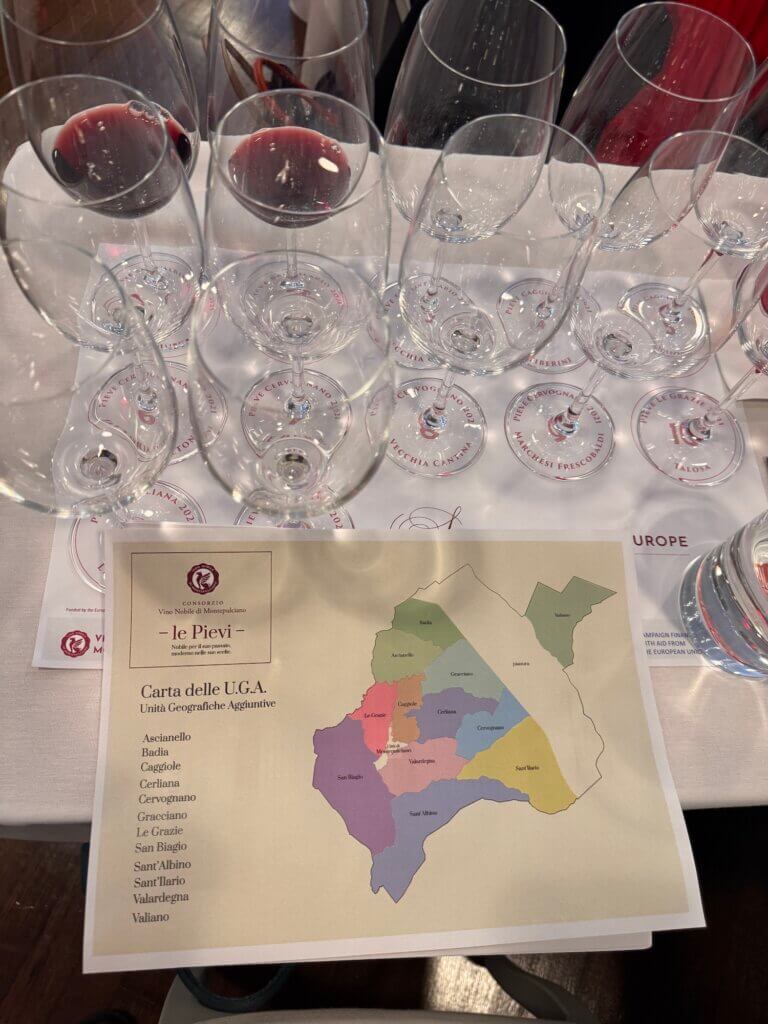
The 2021 vintage, the first to bear the Pieve label, is still in its infancy. Only seven producers released wines under the new designation, a small fraction of the 80 estates bottling wine in Montepulciano.
However, scale is not the ambition here. With Pieve, quality, distinction, and individual expression are at the forefront.
The wines poured provided an early glimpse into a classification built around identity and nuance.
Although these wines will require years in bottle to show their full potential, stylistic variation is already apparent across the small collection. It is precisely this diversity that the classification aims to celebrate and codify over time.
According to Galloni, this initiative was more than a regulatory adjustment; it was a cultural reckoning.
Historically, much of the wine grown in Italy was sold in bulk, often bottled in other parts of Italy or even abroad, severed from the identity of its origin.
The launch of Pieve in Montepulciano is essentially a return to the essence of its terroir.
He described this as the beginning of a new cycle in Montepulciano, one that invites the next generation of producers to take ownership of their vineyards and tell their own stories through their wines.
The Pieve system, he remarked, could serve as a platform for young enologists and viticulturists to establish themselves, following the examples set in Burgundy and Piedmont decades earlier.
This vision for the classification is not short term. EU and national approvals are required at multiple stages. Stringent quality controls are tied to every part of the supply chain.
It will be interesting to see Pieve evolve over the next 10 to 20 years and beyond.
For now, it offers a framework grounded in the singularity of place. It is hoped within the consorzio that the Pieve system could elevate Montepulciano’s profile within fine wine circles.
During the presentation, it was mentioned that Vino Nobile di Montepulciano was underrepresented in New York Italian restaurants, for example.
The 2021 vintage brought a wet winter, followed by a hot summer. Galloni said that the result was Sangiovese with freshness and firmness, a vintage of balance and lift more than opulence.
Even though the vintage was just released, a producer I. dined with in Montepulciano, Eduardo Mottini Jacorossi is gaining attention for his 2021 Pieve Le Grazie.
What is clear now is that this first release marks the beginning of a serious, long-term endeavor—one that brings Montepulciano into alignment with the global landscape of fine wine.
In a world increasingly focused on origin, precision, and authenticity, Pieve positions Montepulciano as a historic region actively shaping its future.

